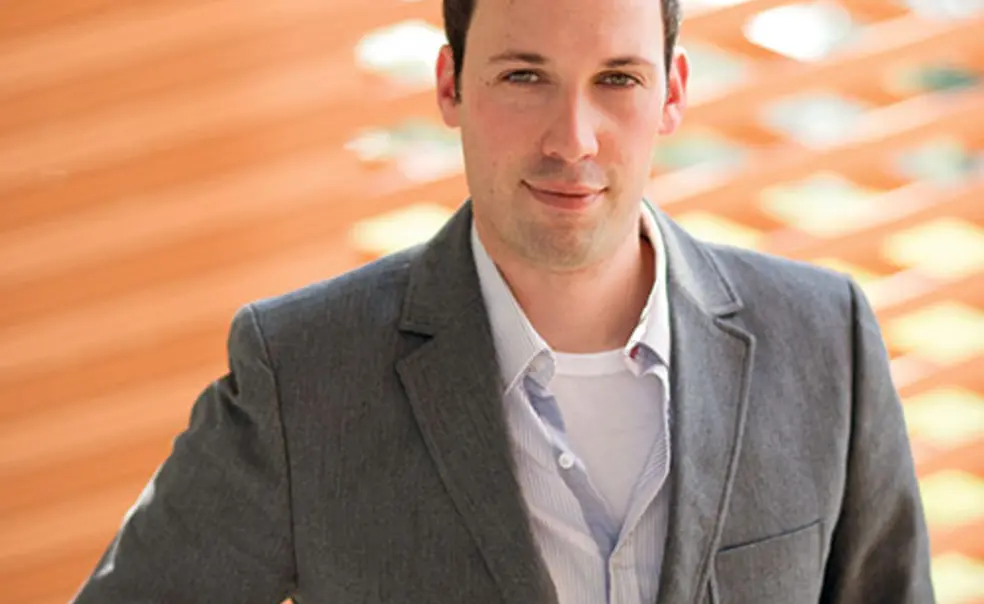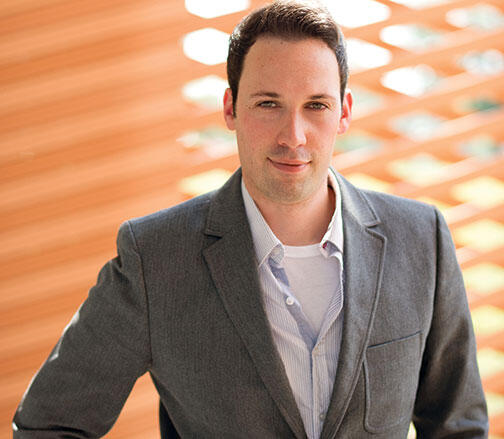Psychology: Lights Out
A campaign to conserve energy offers a chance to study altruistic behavior
Arriving at Princeton last year, behavioral scientist Sander van der Linden was intrigued by bright posters that appeared in the spring, provocatively urging students to “Do It in the Dark.” The signs referred to a campuswide competition among the University’s residential colleges to see which could conserve the most heat and electricity. The campaign came to Princeton in 2009 and since has spread to colleges across the country.
Van der Linden, who studies what motivates people to act in altruistic ways, saw this as a prime opportunity for research: “I started wondering, does the campaign reduce aggregate energy consumption in the long run, or is it one college wins and the fun is over?” A research associate and lecturer in psychology with joint appointments at the Woodrow Wilson School of Public Affairs and the Andlinger Center for Energy and the Environment, van der Linden was interested in whether the competition would have a lasting impact.
Inspired by a challenge from Princeton’s Office of Sustainability to use the campus as a living laboratory, van der Linden obtained data on energy usage before, during, and after the “Do It in the Dark” campaign. He found that after a brief spike, energy usage plummeted during the competition but rose as soon as it was over, rising to a level almost as high as before the start of the competition (after controlling for variations in outside temperature). Van der Linden attributes the rebound to the difference between extrinsic motivation, where people are inspired to act out of desire for an external reward, and intrinsic motivation, in which they change their behavior based on personal conviction.
“People are much more likely to sustain behavioral change when they are intrinsically motivated to do so,” he says. While students were highly motivated when bragging rights were at stake (the winner for the second year in a row, Forbes College, saved 4.7 percent off its energy baseline in 2015), interest died off as soon as the external reward was removed.
Van der Linden argues that lasting pro-environmental behavior is more likely to occur when people internalize beliefs about environmental stewardship, leading to what psychologists have termed a “helper’s high.” Research has shown that prolonged exposure to social norms often causes people to internalize those principles, as does an emotional appeal that spurs empathy and compassion, such as educating students about the effects of power plants on wildlife nearby.
Van der Linden suggests that one way to make the campaign more sustainable is to give students more personal investment in how they participate — for example, by asking them to come up with one idea about how they can personally change their energy consumption and pledge publicly to carry it out. “If it’s their own idea, they will feel a sense of agency,” van der Linden says. “And by making it public, they are more likely to commit to it.”













No responses yet